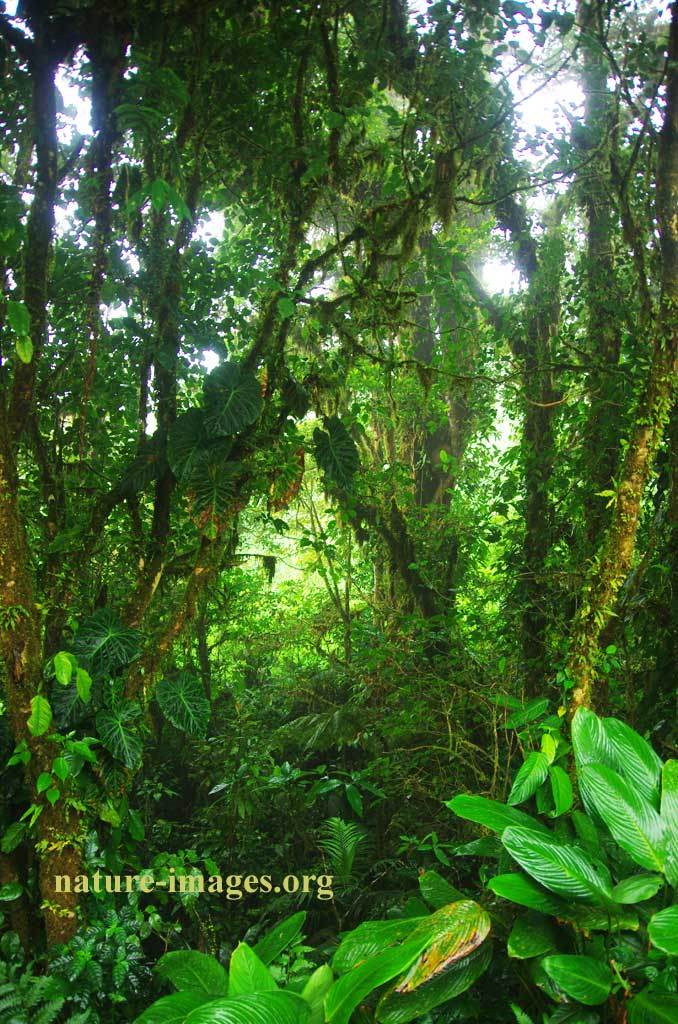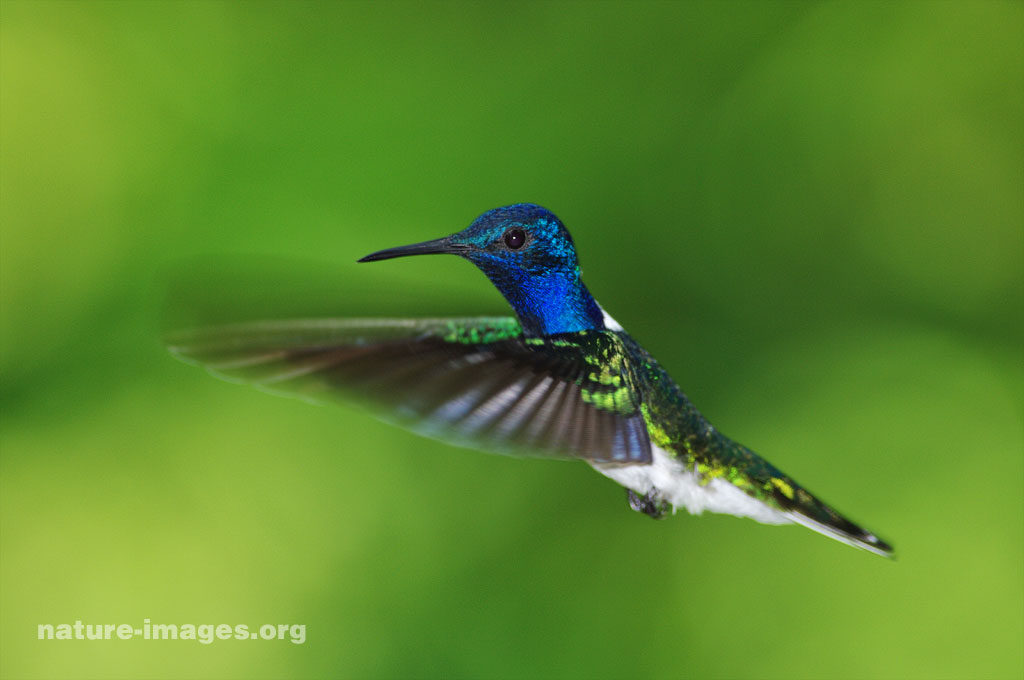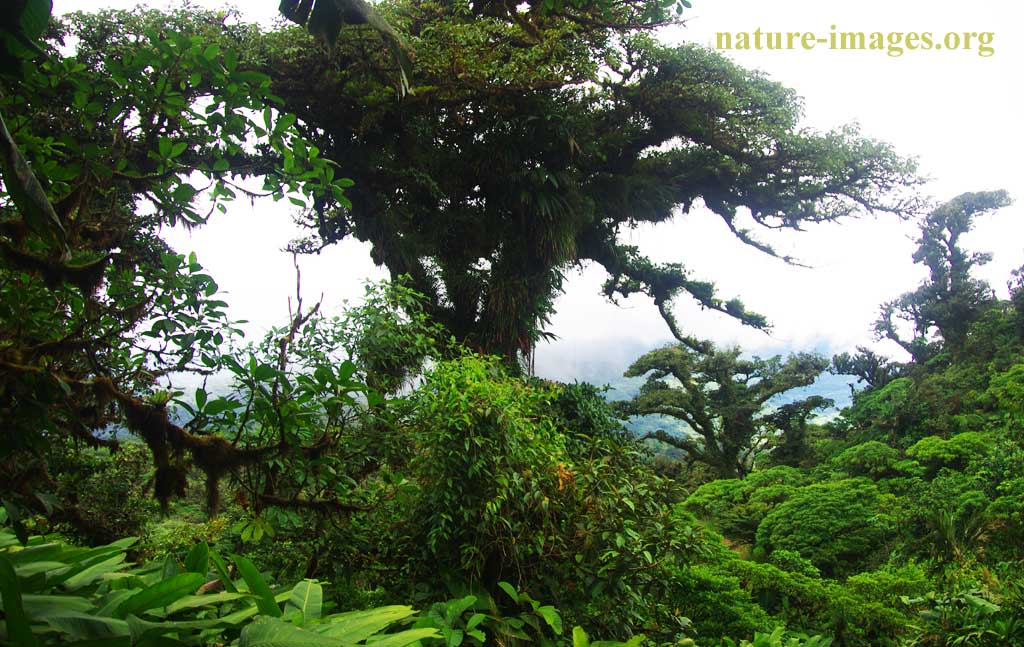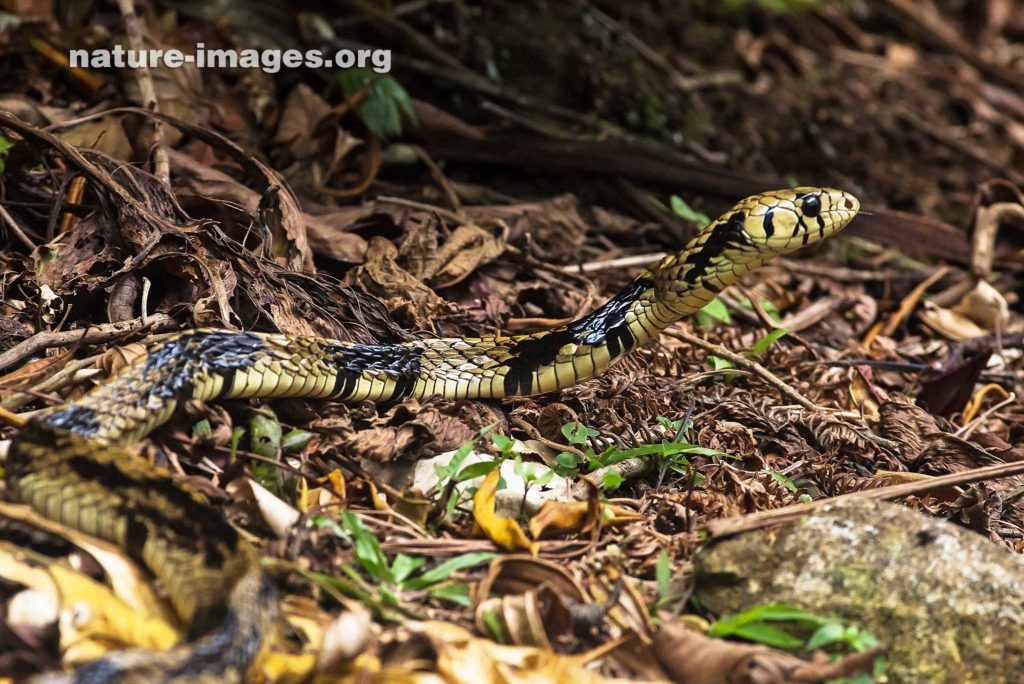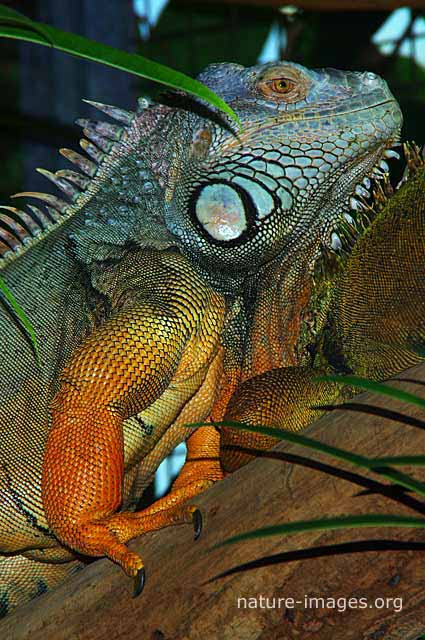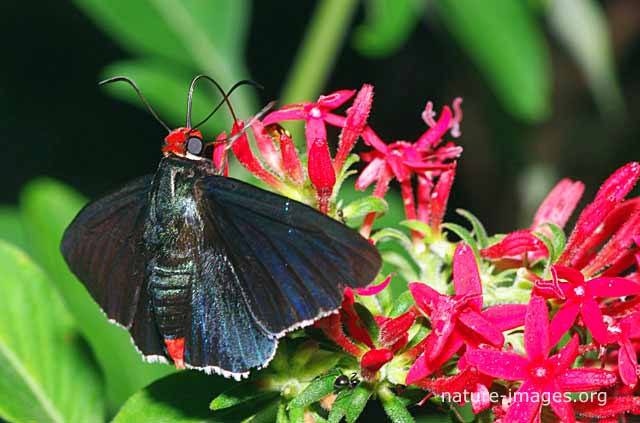My Journey into Panama’s Wildlife
Introduction to Panama’s Rich Biodiversity
I have always been fascinated by the natural world, but it wasn’t until I visited Panama that I truly understood the depth of nature’s wonders. Panama, a narrow land bridge connecting North and South America, boasts an incredible range of ecosystems, from lush rainforests to vibrant coral reefs. This rich biodiversity makes it a haven for wildlife enthusiasts like me.
Panama is home to an astonishing number of species. With over 978 species of birds, 218 species of mammals, and 229 species of reptiles, the diversity is staggering. The country’s unique geographical position allows for a blend of species from both continents, creating a melting pot of wildlife that is unparalleled. You can learn more about specific species in our articles on the birds of Panama and mammals in Panama.
| Category | Number of Species |
|---|---|
| Birds | 978 |
| Mammals | 218 |
| Reptiles | 229 |
Personal Connection to Nature
My journey into Panama’s wildlife began with a deep-rooted love for all things wild. Growing up, I spent countless hours exploring local parks and forests, but nothing could prepare me for the vibrant life found in Panama. The moment I set foot in the dense rainforest, I felt an immediate connection to the land and its inhabitants.
One of my most memorable experiences was witnessing a troop of howler monkeys swinging through the treetops. Their loud calls echoed through the forest, a reminder of the untamed beauty that surrounded me. This encounter, along with many others, solidified my passion for wildlife and the importance of wildlife conservation in Panama.
My adventures also led me to explore the breathtaking coral reefs, where I encountered a myriad of colorful fish and other marine life. Snorkeling alongside these creatures gave me a new appreciation for the delicate balance of the ecosystem and the need for wildlife protection.
Through my journey, I have come to understand the critical role that awareness plays in preserving these natural treasures. Sharing my experiences and knowledge with others has become a mission of mine, hoping to inspire a greater appreciation for the wildlife of Panama.
Panama’s wildlife is a testament to the beauty and resilience of nature. By fostering awareness and promoting conservation efforts, we can ensure that these hidden treasures continue to thrive for generations to come.
Unveiling Panama’s Hidden Wildlife Treasures
Exploring Panama’s wildlife has been an exhilarating journey for me. The diverse ecosystems and unique species make this country a true treasure trove for nature enthusiasts.
Diverse Ecosystems in Panama
Panama is home to a multitude of ecosystems, each teeming with life. From lush rainforests to coastal mangroves, the variety of habitats supports a rich array of flora and fauna. The rainforests, in particular, are a haven for biodiversity.
| Ecosystem Type | Key Features |
|---|---|
| Rainforests | Dense vegetation, high rainfall, diverse species |
| Mangroves | Coastal, salt-tolerant trees, rich marine life |
| Grasslands | Open areas, seasonal rainfall, grazing animals |
| Coral Reefs | Marine habitats, colorful corals, diverse fish species |
For a detailed exploration of Panama’s rainforests, check out our article on panama rainforest animals.
Unique Wildlife Species Found in Panama
Panama’s unique wildlife is truly a sight to behold. From the vibrant birds to the elusive mammals, there is always something new to discover. One of my favorite experiences was spotting the resplendent quetzal, a bird that stands out with its striking colors.
Here are some of the unique wildlife species found in Panama:
- Birds: The harpy eagle and the resplendent quetzal are just two of the many remarkable birds of Panama.
- Mammals: The jaguar and the Baird’s tapir are among the fascinating mammals in Panama.
- Reptiles: The green iguana and the leatherback turtle are notable examples of the reptiles of Panama.
| Wildlife Category | Notable Species |
|---|---|
| Birds | Harpy Eagle, Resplendent Quetzal |
| Mammals | Jaguar, Baird’s Tapir |
| Reptiles | Green Iguana, Leatherback Turtle |
For avid wildlife watchers, Panama offers fantastic opportunities to observe these creatures in their natural habitats. More information can be found in our guide on panama wildlife viewing.
I hope my journey into Panama’s wildlife inspires you to appreciate and protect these hidden treasures. Each ecosystem and species plays a vital role in maintaining the balance of nature, and it’s our responsibility to ensure their conservation for future generations. For more insights into Panama’s biodiversity, visit our comprehensive panama wildlife guide.
Importance of Wildlife Awareness
Conservation Efforts in Panama
I can’t express enough how crucial conservation efforts are to preserving Panama’s incredible biodiversity. I’ve seen firsthand the tireless work being done to protect the diverse ecosystems and unique wildlife species that call Panama home. Various organizations and local communities are deeply committed to safeguarding these natural treasures through a range of initiatives.
One of the most remarkable efforts involves the establishment of national parks and wildlife reserves. These protected areas provide safe habitats for countless species, from the majestic harpy eagle to the elusive jaguar. By creating these sanctuaries, Panama ensures that its wildlife has a refuge from threats like deforestation and habitat destruction.
| Conservation Area | Size (hectares) | Key Species Protected |
|---|---|---|
| Soberanía National Park | 22,000 | Harpy Eagle, Capuchin Monkey |
| Darien National Park | 579,000 | Jaguar, Giant Anteater |
| Coiba National Park | 270,125 | Coiba Spinetail, Coiba Howler Monkey |
Additionally, Panama is home to several community-led conservation projects. These initiatives often involve local residents in activities such as reforestation, wildlife monitoring, and environmental education. By fostering a sense of ownership and responsibility, these projects empower communities to take an active role in preserving their natural heritage.
For more details on Panama’s conservation areas and their significance, check out panama wildlife reserves.
Promoting Wildlife Protection and Preservation
Promoting wildlife protection and preservation in Panama is not just about large-scale conservation projects—it’s also about raising awareness and educating people on the importance of these efforts. I believe that every individual can contribute to the cause by making informed choices and supporting sustainable practices.
Educational programs and wildlife awareness campaigns play a significant role in this regard. Schools, community centers, and eco-tourism operators often collaborate to teach both locals and visitors about the importance of protecting Panama’s wildlife. These programs cover a wide range of topics, from the ecological roles of different species to the threats they face and how individuals can help mitigate these threats.
One of the most effective ways to promote wildlife protection is through responsible tourism. By choosing eco-friendly tours and activities, visitors can enjoy Panama’s natural beauty while minimizing their impact on the environment. For example, wildlife watching tours that follow ethical guidelines ensure that animals are observed from a safe distance, reducing stress and disturbance to their natural behavior.
| Responsible Tourism Practices | Benefits to Wildlife |
|---|---|
| Following ethical wildlife watching guidelines | Reduces stress and disturbance to animals |
| Supporting local conservation projects | Provides funding and resources for protection efforts |
| Choosing eco-friendly accommodations | Minimizes environmental impact |
To learn more about responsible wildlife encounters and how you can make a positive impact, visit panama wildlife viewing.
By promoting wildlife protection and preservation through education and responsible practices, we can ensure that Panama’s hidden treasures continue to thrive for future generations to enjoy. Every step we take towards awareness and conservation brings us closer to a sustainable future for Panama’s diverse and magnificent wildlife.
Experiencing Panama’s Wildlife Up Close
Exploring Panama’s wildlife up close has been one of the most exciting experiences of my life. The country’s diverse ecosystems are home to an incredible array of species that can be observed in their natural habitats. Here, I’ll share some of the best opportunities for wildlife watching in Panama and provide tips for responsible encounters with these amazing creatures.
Wildlife Watching Opportunities in Panama
Panama offers numerous opportunities for wildlife watching, from dense rainforests to coastal regions. Here are some of the best places to observe Panama’s unique fauna:
| Wildlife Watching Spot | Key Species | Notable Features |
|---|---|---|
| Soberanía National Park | Birds, monkeys, sloths | Rich birdlife, including birds of Panama |
| Coiba National Park | Marine life, turtles, dolphins | Pristine coral reefs and marine biodiversity |
| Darién National Park | Jaguars, harpy eagles, tapirs | Remote and diverse wildlife habitat |
| Bocas del Toro | Frogs, birds, marine species | Coastal and marine ecosystems |
For more information on specific animals, check out our articles on mammals in Panama, reptiles of Panama, and panama rainforest animals.
Tips for Responsible Wildlife Encounters
When engaging with wildlife, it is crucial to practice responsible behavior to ensure the safety and preservation of the animals and their habitats. Here are some tips for responsible wildlife encounters:
- Maintain a Safe Distance: Always keep a respectful distance from wildlife. Use binoculars or a camera with a zoom lens to observe animals without disturbing them.
- Avoid Feeding Animals: Feeding wildlife can alter their natural behaviors and diet. It can also lead to dependency on human-provided food.
- Stay on Designated Paths: Stick to marked trails to minimize habitat disruption and reduce the risk of getting lost.
- Use Eco-friendly Products: Choose biodegradable and eco-friendly products to minimize environmental impact.
- Be Quiet and Calm: Noise and sudden movements can scare wildlife. Move slowly and speak softly to avoid startling the animals.
- Follow Local Guidelines: Adhere to any specific rules or guidelines provided by local authorities or tour guides.
For more detailed tips, visit our article on tips for responsible wildlife encounters.
Whether you’re venturing into national parks or exploring coastal regions, Panama offers a wealth of wildlife watching opportunities. By following these guidelines and respecting nature, you can enjoy unforgettable encounters with Panama’s hidden treasures while contributing to their conservation. For further insights, explore our articles on panama wildlife tours and panama wildlife conservation.
Please bookmark us now press ctrl+d and visit again soon for more fascinating nature images! Here some recommended links selected for you: The Best Books of the Month, Todays best Deals at Amazon, Best Sellers in Cell Phones & Accessories and last but not least the easy and great way to send a gift for the holidays: Amazon.com eGift Card (Instant Email or Text Delivery).
A selection of Nature images, wildlife, flora and landscape stock photos, to see many more images and to license our stock photos please see our complete collection of our wildlife, flora and landscape stock images here at Alamy.
Introducing our captivating photo book showcasing the mesmerizing flora and fauna of Panama! Dive into the vibrant world of biodiversity with stunning imagery capturing the essence of Panama’s natural wonders. From majestic birds to elusive wildlife and breathtaking landscapes, this book is a visual feast for nature enthusiasts.
Don’t miss your chance to own a piece of Panama’s natural heritage. Order your copy here at Amazon now and embark on a visual journey through the enchanting landscapes and fascinating wildlife of Panama!
